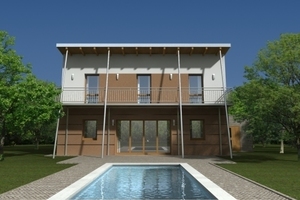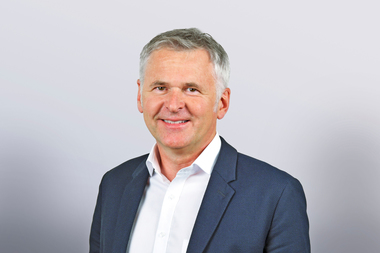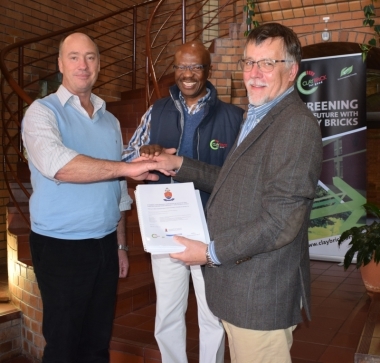The energy-efficient clay brick house
The recast of the European Energy Performance Building Directive will lead to a paradigm shift in building design. In future, building, technical building equipment and sources of energy will be evaluated and optimized together. This is a trend already followed by some of the latest house-building concepts in the clay brick and tile industry, e.g. the e4 house concept.
1 Introduction
The building sector is responsible for an average of 40% of the total energy consumption in the EU. In Germany itself, in 2007 the share of the room heat accounted for 26.1% of the final energy consumption and 20.3% of the primary energy requirement (»1) [1].
Lowering energy consumption and using energy from renewable sources in the building sector therefore represent a key contribution to the reduction of the energy dependence and the greenhouse gas emissions in the European Union.
Combined with an increased utilization of energy from renewable sources, schemes for the reduction of the energy consumption in the building sector are aimed at keeping the global temperature increase below 2° C.
2 The “near-zero-energy building”for a climate-friendly Europe
In its strategic conclusions drawn up in March 2007, the European Council established that an integrated concept is necessary for an efficient climate and energy policy, as the main source of greenhouse gas emissions is the generation and use of energy: by the year 2020, greenhouse gas emissions are to be reduced by 20% and the share of renewable energies increased to...




